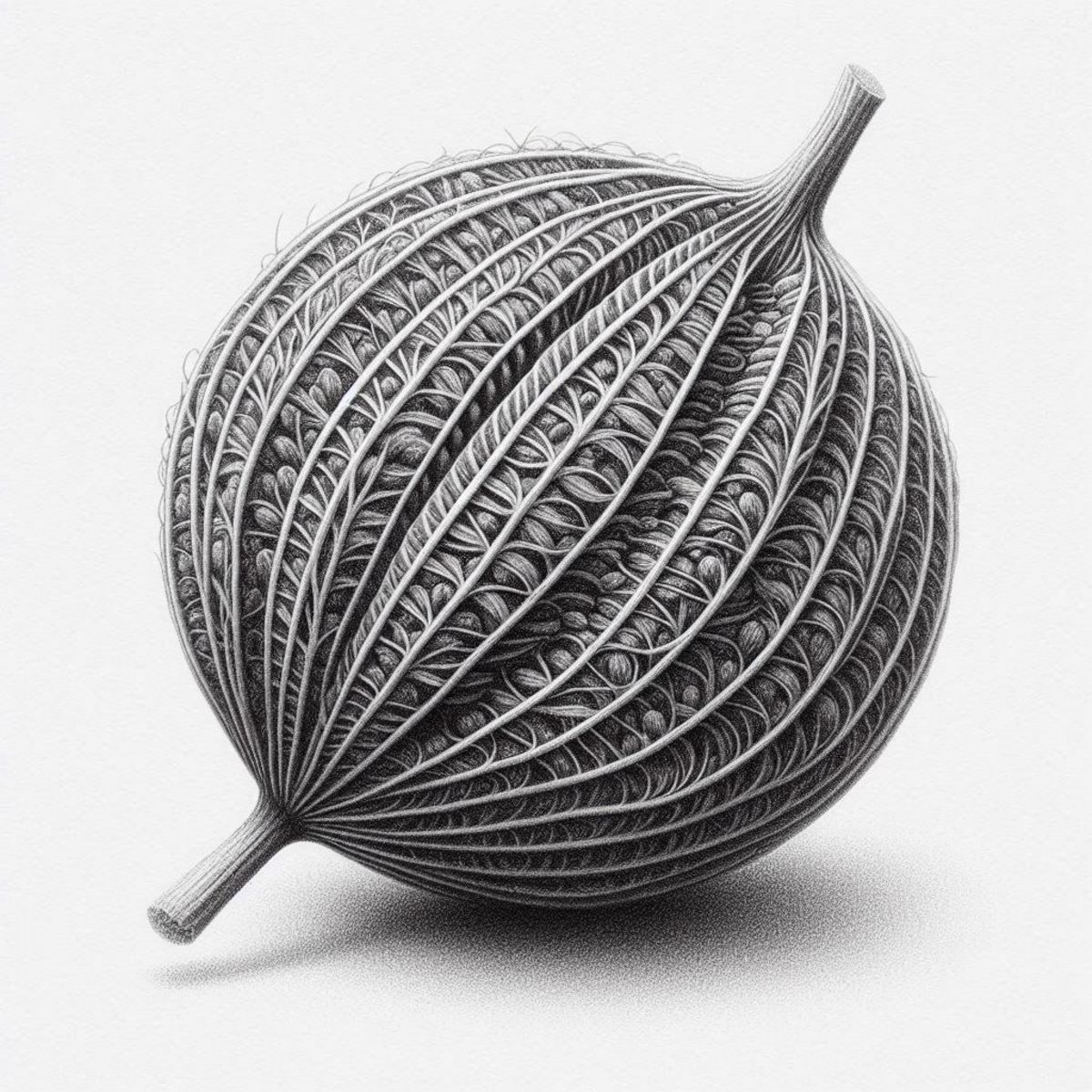Artificial intelligence is beginning to reshape the way prospectors and mining companies search for gold. Instead of relying solely on traditional geological surveys and the painstaking process of manually analyzing maps and records, AI systems can now sift through enormous amounts of data—satellite imagery, historical mining reports, and modern geological measurements—in a fraction of the time. What once took months of careful study can now be accomplished in minutes, with algorithms highlighting the areas most likely to contain valuable deposits.
One striking example comes from New Zealand, where RUA GOLD employed an AI platform called DORA to process more than eighty gigabytes of exploration data. The system quickly identified seven historic mines worth revisiting, dramatically accelerating the company’s decision-making process. Similar breakthroughs are happening in Canada and Australia, where AI-driven exploration has already led to new discoveries, proving that machine learning can outpace traditional prospecting methods.
The implications are significant. By narrowing down targets more efficiently, companies save money and reduce the environmental footprint of exploration. Yet, the technology is not without its challenges. AI models depend heavily on the quality of the data they are trained on, and poor or incomplete records can lead to misleading predictions. Smaller prospectors may also find the cost of adopting these advanced systems prohibitive. And while AI can point the way, human expertise remains essential—geologists and miners must still validate findings through fieldwork.
Taken together, these developments suggest that the search for gold is entering a new era. The age-old hunt, once defined by intuition and luck, is increasingly guided by algorithms capable of seeing patterns invisible to the human eye. For someone like you, John, who enjoys treasure stories and collectibles, this fusion of technology and exploration offers a fascinating narrative: the timeless quest for gold, now accelerated by machines that can read the land in ways prospectors of the past could never imagine.
https://vrify.com/case-studies/how-ai-optimized-rua-golds-exploration-strategy







.jpg)












